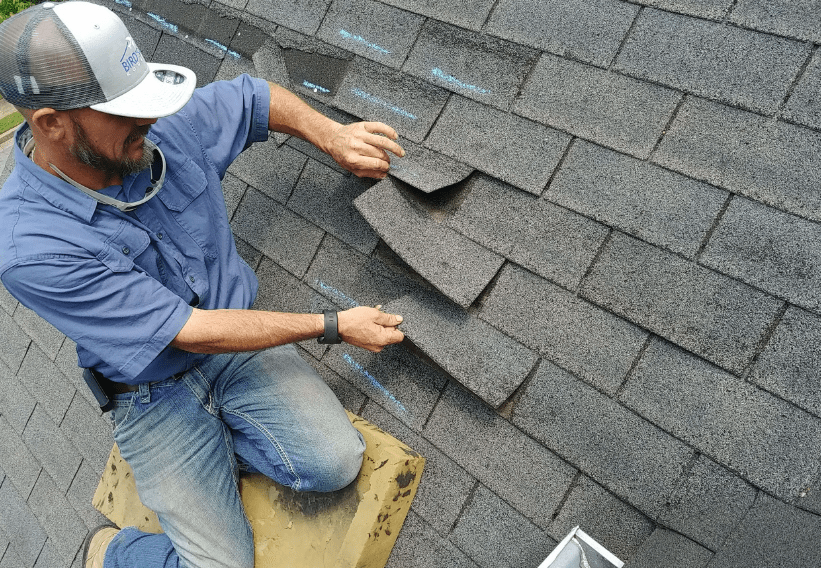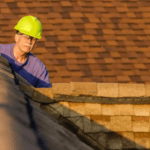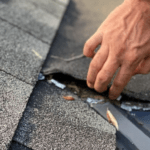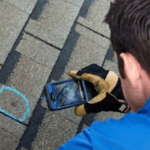- By Bella Blog
- Roofing, Roofing Technology
- 0 Comment
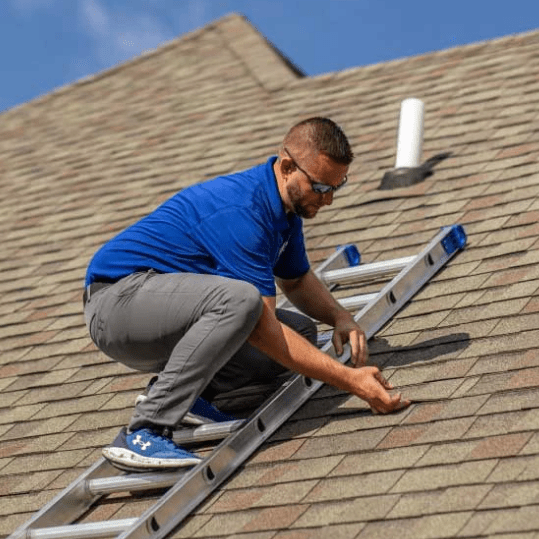
Learn everything you need to know about roof inspections to ensure the safety and longevity of your home.
Understanding the Importance of Roof Inspections
Roof inspections are a crucial part of maintaining the safety and integrity of your home. They involve a thorough examination of your roof to identify any potential issues or damage. By understanding the importance of roof inspections, homeowners can take proactive measures to prevent costly repairs and ensure the longevity of their roofs.
Regular roof inspections can help detect early signs of damage such as leaks, cracks, or missing shingles. Addressing these issues promptly can prevent further damage to your home’s interior and structure. Additionally, roof inspections can also uncover hidden problems such as mold growth or structural weaknesses, which may not be visible to the untrained eye.
Furthermore, roof inspections are essential for insurance purposes. Many insurance companies require regular roof inspections to assess the condition of the roof and determine coverage eligibility. By conducting regular inspections, homeowners can provide documentation of their roof’s condition, which can be beneficial in case of insurance claims.
Overall, understanding the importance of roof inspections is crucial for homeowners to protect their investment and ensure the safety and longevity of their homes.
Signs That Indicate the Need for a Roof Inspection
There are several signs that indicate the need for a roof inspection. By being aware of these signs, homeowners can identify potential issues early on and address them promptly. Some common signs that indicate the need for a roof inspection include:
– Water stains on the ceiling or walls: Water stains can be a clear indication of a roof leak. If you notice any water stains or discoloration on your ceilings or walls, it’s important to have your roof inspected as soon as possible.
– Missing or damaged shingles: Missing or damaged shingles can expose your roof to further damage from the elements. If you notice any shingles that are cracked, curled, or completely missing, it’s crucial to have them replaced and your roof inspected.
– Sagging or uneven roof: A sagging or uneven roof can be a sign of underlying structural issues. If you notice any areas of your roof that appear to be sagging or uneven, it’s essential to have a professional roof inspector assess the situation.
– Granules in gutters: Excessive granules in your gutters can be a sign of deteriorating shingles. If you find an excessive amount of granules in your gutters, it’s a good idea to have your roof inspected to determine the extent of the damage.
– High energy bills: A sudden increase in your energy bills could be due to poor insulation or ventilation in your roof. Having a roof inspection can help identify any issues with insulation or ventilation that may be affecting your energy efficiency.
If you notice any of these signs or have any concerns about the condition of your roof, it’s important to schedule a professional roof inspection. Addressing issues early on can prevent further damage and save you from costly repairs in the future.
Hiring a Professional Roof Inspector
When it comes to roof inspections, hiring a professional roof inspector is highly recommended. Professional roof inspectors have the knowledge, experience, and tools to thoroughly assess the condition of your roof and identify any potential issues or damage.
Here are some reasons why hiring a professional roof inspector is beneficial:
– Expertise: Professional roof inspectors are trained in identifying various types of roof damage and can provide an accurate assessment of your roof’s condition. They have the expertise to detect even the smallest signs of damage that may go unnoticed by an untrained eye.
– Safety: Roof inspections can be dangerous, especially for homeowners without proper training and safety equipment. Professional roof inspectors are equipped with the necessary safety gear and know how to navigate roofs safely, minimizing the risk of accidents or injuries.
– Detailed reports: Professional roof inspectors provide detailed reports of their findings, including photographs and recommendations for repairs or maintenance. These reports can be valuable when negotiating with insurance companies or contractors for repairs.
– Cost-effective: While hiring a professional roof inspector may involve some upfront costs, it can ultimately save you money in the long run. By detecting and addressing issues early on, you can prevent more extensive damage that would require costly repairs.
When hiring a professional roof inspector, it’s essential to choose a reputable and licensed contractor. You can ask for recommendations from friends, family, or neighbors, and make sure to check their credentials and reviews. By hiring a professional roof inspector, you can have peace of mind knowing that your roof is in good hands.
The Roof Inspection Process
The roof inspection process typically involves the following steps:
1. Visual inspection: The inspector will start by visually examining the roof from various angles to identify any visible signs of damage, such as missing or damaged shingles, cracks, or leaks.
2. Interior inspection: The inspector may also inspect the interior of the home, particularly the attic, to check for any signs of water damage, mold growth, or structural issues.
3. Documentation: The inspector will document their findings, taking photographs and notes to include in their report. This documentation is essential for insurance purposes and future reference.
4. Assessment of ventilation and insulation: The inspector will assess the ventilation and insulation in the attic to ensure proper airflow and energy efficiency. Issues with ventilation or insulation can lead to higher energy bills and other problems.
5. Recommendations: Based on their findings, the inspector will provide recommendations for any necessary repairs or maintenance. They may also advise on the estimated lifespan of the roof and when it may need to be replaced.
It’s important to note that the roof inspection process may vary depending on the type of roof and its condition. A professional roof inspector will adapt their approach accordingly to ensure a thorough assessment.
By understanding the roof inspection process, homeowners can have a better idea of what to expect and can ask informed questions to the inspector.
Taking Action After a Roof Inspection
After a roof inspection, it’s important to take appropriate action based on the inspector’s recommendations. Here are some steps to consider:
– Repairs: If the inspector identifies any issues or damage during the inspection, it’s crucial to address them promptly. This may involve repairing or replacing damaged shingles, fixing leaks, or addressing ventilation or insulation problems.
– Maintenance: Even if no significant issues are found, regular roof maintenance is still essential. This may include cleaning gutters, removing debris, and trimming overhanging tree branches that can damage the roof.
– Insurance claims: If you’re filing an insurance claim based on the roof inspection findings, make sure to document all the necessary evidence, including the inspection report, photographs, and estimates for repairs. This documentation will help support your claim and ensure a smoother process.
– Regular inspections: It’s recommended to schedule regular roof inspections to catch any potential issues early on. This can help prevent extensive damage and prolong the lifespan of your roof.
By taking action after a roof inspection, homeowners can ensure that their roofs remain in good condition and continue to protect their homes for years to come.

Call Us Today...724-515-5163
www.mybellaroof.com
Bella Blog
Welcome to Bella Construction & Developement Inc., where excellence meets affordability in the realm of construction services.

